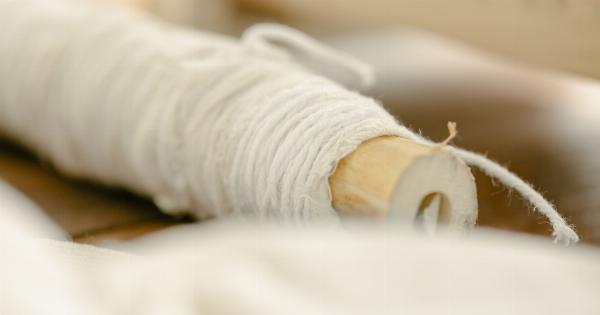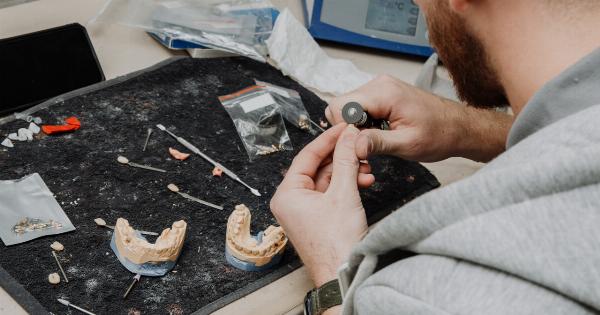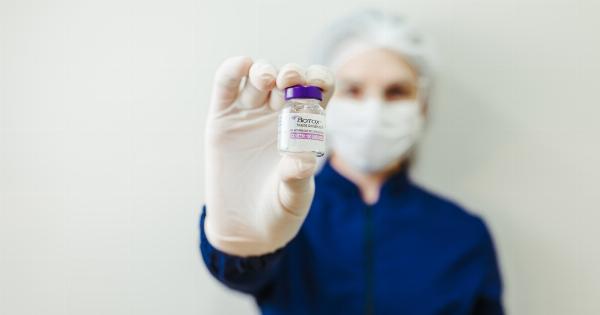The TURIS (Transurethral Resection in Saline) method is a minimally invasive procedure for prostate treatment. It is becoming increasingly popular due to its effectiveness in treating prostate symptoms while minimizing side effects.
This guide will provide a comprehensive overview of the TURIS method, including its benefits, how it works, and what to expect during and after the procedure.
What is the TURIS Method?
The TURIS method is a type of transurethral resection that uses a saline solution to remove prostate tissue.
The procedure is performed through a telescope-like instrument called a resectoscope, which is inserted into the urethra and advanced to the prostate gland. Once in place, a saline solution is used to create a clear view of the prostate tissue. The surgeon then uses a small wire loop to remove the tissue, which is collected in a special container and sent to a laboratory for further analysis.
Benefits of the TURIS Method
Compared to traditional transurethral resection (TURP), which uses a high-frequency electrical current to remove prostate tissue, the TURIS method offers several benefits:.
- Minimizes the risk of significant blood loss
- Reduces the risk of developing TUR syndrome, a rare but serious complication of TURP
- Shortens the duration of the procedure, which means less time under anesthesia
- If necessary, the saline solution can be used to more accurately locate and remove cancerous tissue
- Provides a better cosmetic outcome, as there is less tissue damage and scarring
How the TURIS Method Works
The TURIS method is performed in a hospital or surgery center under general or spinal anesthesia. Once you are asleep or numb, a resectoscope is inserted into your penis and advanced to the prostate gland.
The saline solution is then infused into the bladder and prostate, which creates a clear view of the prostate tissue and allows for a precise removal of the tissue using the wire loop.
The procedure typically takes less than an hour, and you can expect to stay in the hospital for a day or two for observation and recovery.
You may experience some discomfort, such as urinary urgency or mild pain, but these symptoms should improve within a few days.
Recovery After the TURIS Method
After the procedure, you can expect to have a urinary catheter in place for a few days to help you urinate while your prostate heals. You will also be instructed to drink plenty of fluids and avoid strenuous activities for a few weeks.
During this time, you may experience some mild discomfort or urinary symptoms, such as frequency or urgency, but these should improve over time.
Your doctor will schedule a follow-up appointment to remove your catheter and monitor your progress. You may also need to undergo periodic prostate exams to check for recurrence or other issues.
Is the TURIS Method Right for You?
If you are experiencing symptoms of an enlarged prostate, such as difficulty urinating or frequent urination, the TURIS method may be an effective treatment option.
To determine if the procedure is right for you, talk to your doctor about your medical history, symptoms, and any other health concerns you may have.
The TURIS method is generally considered safe and effective, with a low risk of complications. However, as with any medical procedure, there are potential risks and side effects to consider. These may include bleeding, infection, or urinary incontinence.
Conclusion
The TURIS method is an effective and minimally invasive treatment option for men with prostate symptoms. With its use of saline solution and wire loop technology, the TURIS method offers several advantages over traditional TURP.
If you are considering this procedure, talk to your doctor about your options and what to expect before, during, and after the procedure.





























